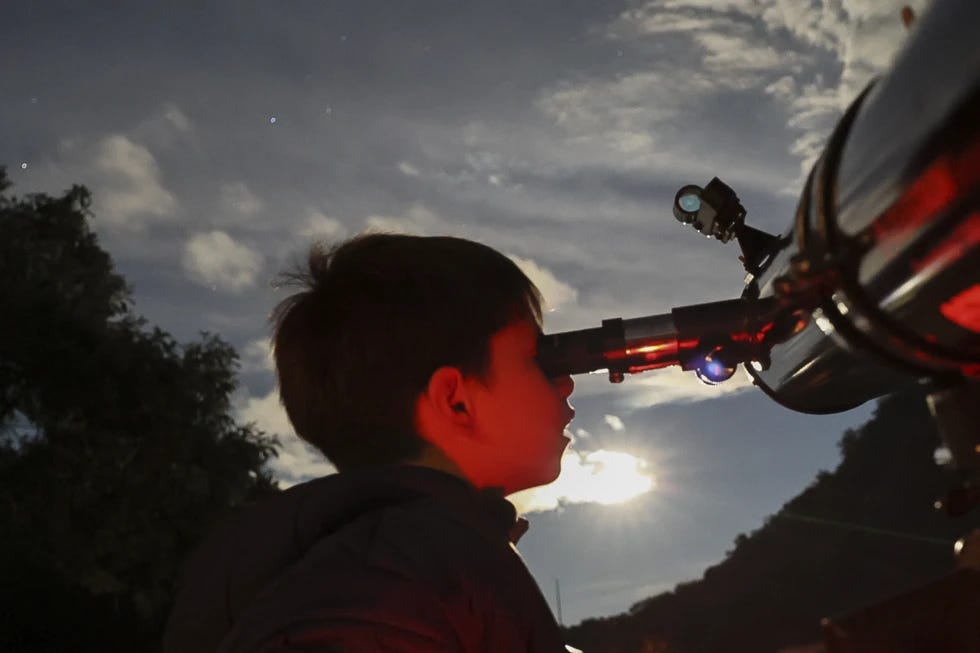How to Catch a Glimpse of the January Planetary Parade
Six Planets Light Up the Night Sky, with Some Visible to the Naked Eye
NEW YORK (AP) — This January, skywatchers have a rare opportunity to witness a planetary parade, with six planets gracing the night sky. Most of these celestial bodies can be observed without any special equipment.
A planetary parade occurs when several planets align in the sky, creating a breathtaking spectacle. While the planets aren't perfectly lined up, they appear relatively close together on one side of the sun, according to Hannah Sparkes, planetarium supervisor at the Bishop Museum of Science and Nature in Florida.
These alignments are not unusual and happen at least once a year, depending on the number of planets in the parade. A similar event took place last June, but only two planets were visible to the naked eye.
This month, Venus, Mars, Jupiter, and Saturn are visible to the unaided eye, and for part of February, Uranus and Neptune can be seen with binoculars or telescopes. Mars is especially brilliant during this parade, as it sits directly opposite the sun. On Friday and Saturday nights, Venus and Saturn will appear especially close, just two degrees apart.
The best time to view the planets is any clear, cloudless night throughout January. To enjoy the show, go outside a few hours after sunset, facing south, suggests Kevin Williams, planetarium director at Buffalo State University. Venus and Saturn will be visible in the southwestern sky, Jupiter will be in the southern sky, and Mars will shine in the southeast or east. These planets will outshine the stars, with Mars appearing as a reddish-orange dot.
Stargazing apps can provide additional guidance on where to look, according to Sparkes.
At the end of February, Mercury will join the parade, becoming the seventh planet to appear in the sky before the planets slowly exit the scene as spring approaches.
“It gives us a better sense of our place in the solar system and the universe,” said Williams.


